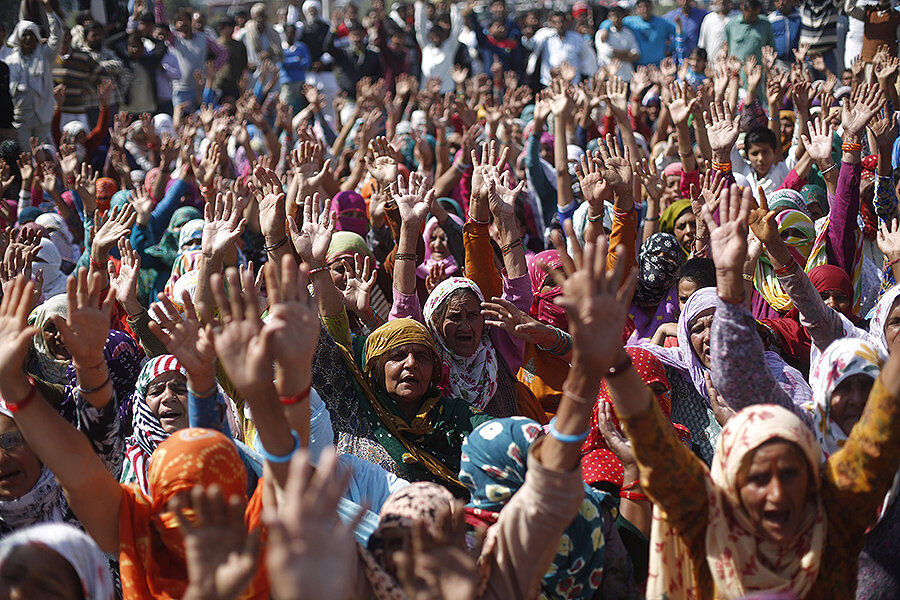Delhi protests throw caste debate into the spotlight
Loading...
A caste of farmers pushing for "backwards" status have reached an agreement with Indian officials, ending a violent days-long protest that disrupted Delhi's roads and water system while intensifying debate over India's longstanding affirmative action programs.
Thousands of troops were sent to quell four days of unrest stirred by members of the Jat community, who number around 80 million. They want the government to classify Jats as "Other Backward Classes" (OBC), a designation originally intended to help groups at the bottom of the social ladder compete for government jobs and university places.
Demonstrators blocked highways and a canal supplying 60 percent of public water in Delhi. At least 16 people were killed, and more than 100 injured. By Monday evening, however, the city and surrounding districts were attempting to return to normal after government officials promised to consider the "backwards" designation.
"The government has promised to meet our demands and we have promised our full cooperation," organizer Ramesh Dalal told Reuters.
Since independence in the late 1940s, India's Constitution has set aside quotas for "scheduled classes" as a riposte to centuries of discrimination against certain tribes and Dalits, known as "Untouchables." Occupying the bottom of India's Hindu caste system, they had long been barred from taking part in some religious rituals and from preparing food for other castes.
But as Indian society and its economy has developed, so have notions of "caste," fueling a debate about class, caste, and wealth as more and more groups call for help under the official "reservation" system.
"Yes, we are in charge, but it’s not about the past, it’s about the future," a retired Jat banker told the Washington Post as he protested alongside Jat farmers. "Of course we were the main landholders in the state but land is shrinking, land has been divided. If a family has a small plot of land, it’s very hard for them to survive."
Some groups pushing for recognition are considered middle-class, such as the Patels, whose protests erupted into similar violence last August. They complain that poorer groups now have an advantage in competition for jobs and universities, and believe their newer struggles make them equally deserving of protection.
"Either free the country from reservation, or make everybody the slave of reservation," student leader Hardik Patel said at the time.
In 1990, the government extended recognition and quota benefits to groups outside the "scheduled castes," creating the category of "Other Backwards Classes." Today more than 40 percent of Indians are OBCs, while researchers are trying to determine what positive effect, if any, the reservation system has had for India's poor and marginalized.
"Caste is very much alive — why pretend otherwise?” Business Standard political editor Aditi Phadnis told the Monitor during the Patel protests.
Economic development and affirmative action have boosted a sliver of targeted groups, but social stigma exists nonetheless, seen in caste-specific marriage ads and ongoing village traditions.
Although India's founders aspired to build a more equal society, caste-based politics may have done the opposite, as politicians grasp for ways to capture votes in a huge and diverse country. Some 47 percent of college-educated adults in Karnataka state, for example, home of Bangalore, say caste influences their vote.
It's not the first time Jats have demanded OBC status. In 2015, the Supreme Court turned down a congressional move to include them, ruling that neither "self-proclaimed" marginalization, nor caste alone, should determine the setting aside of reservations for public posts or universities.








